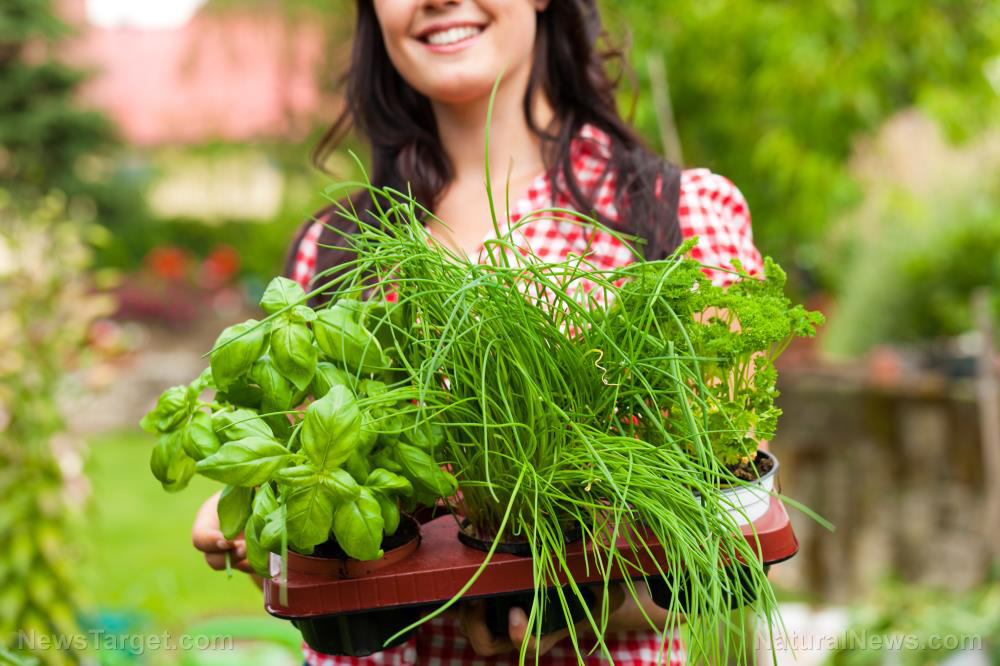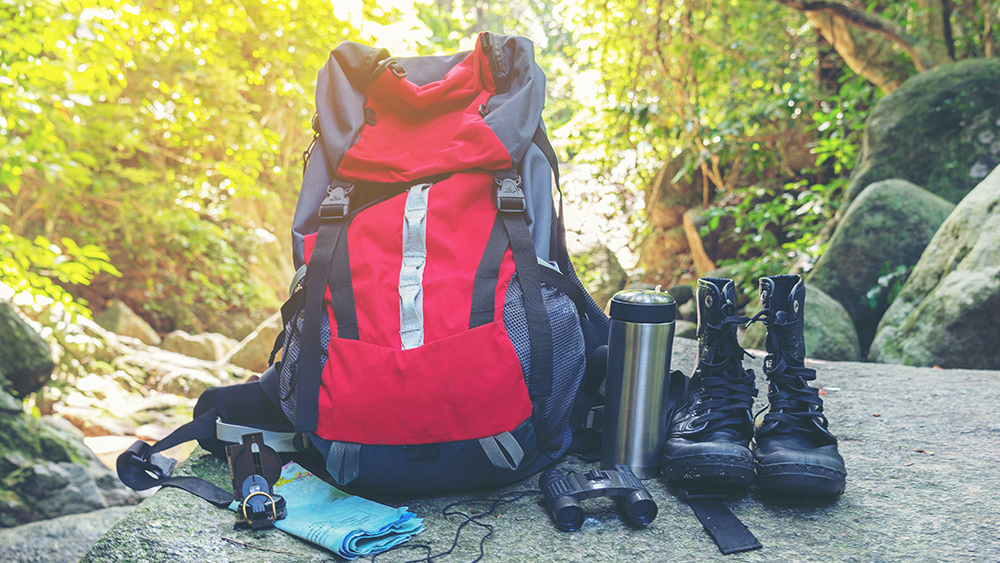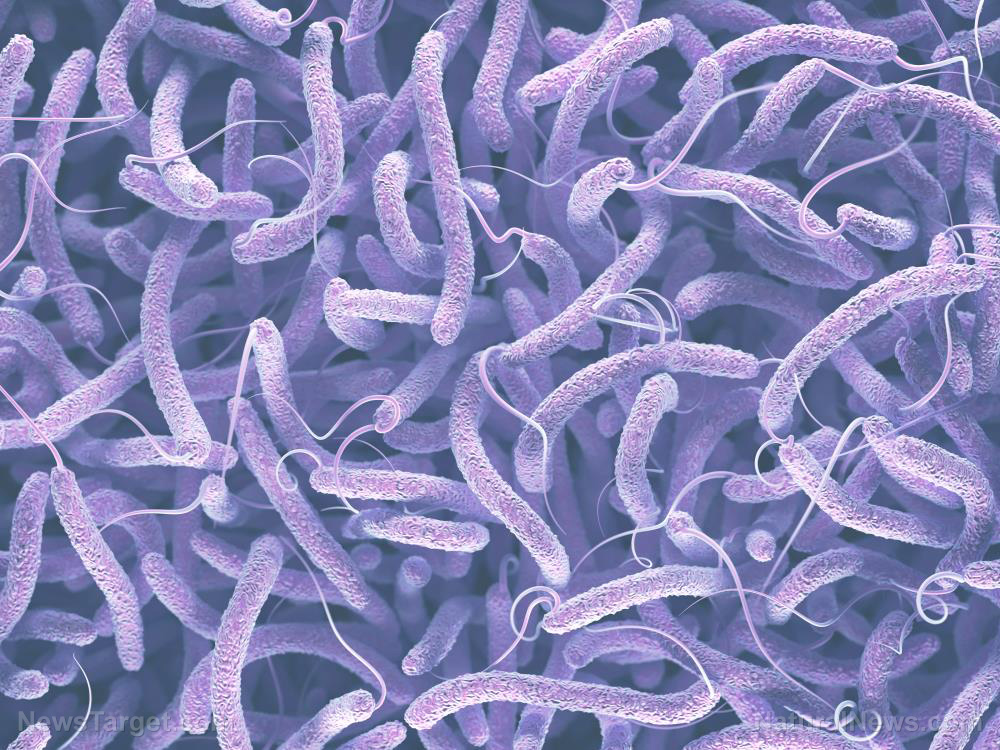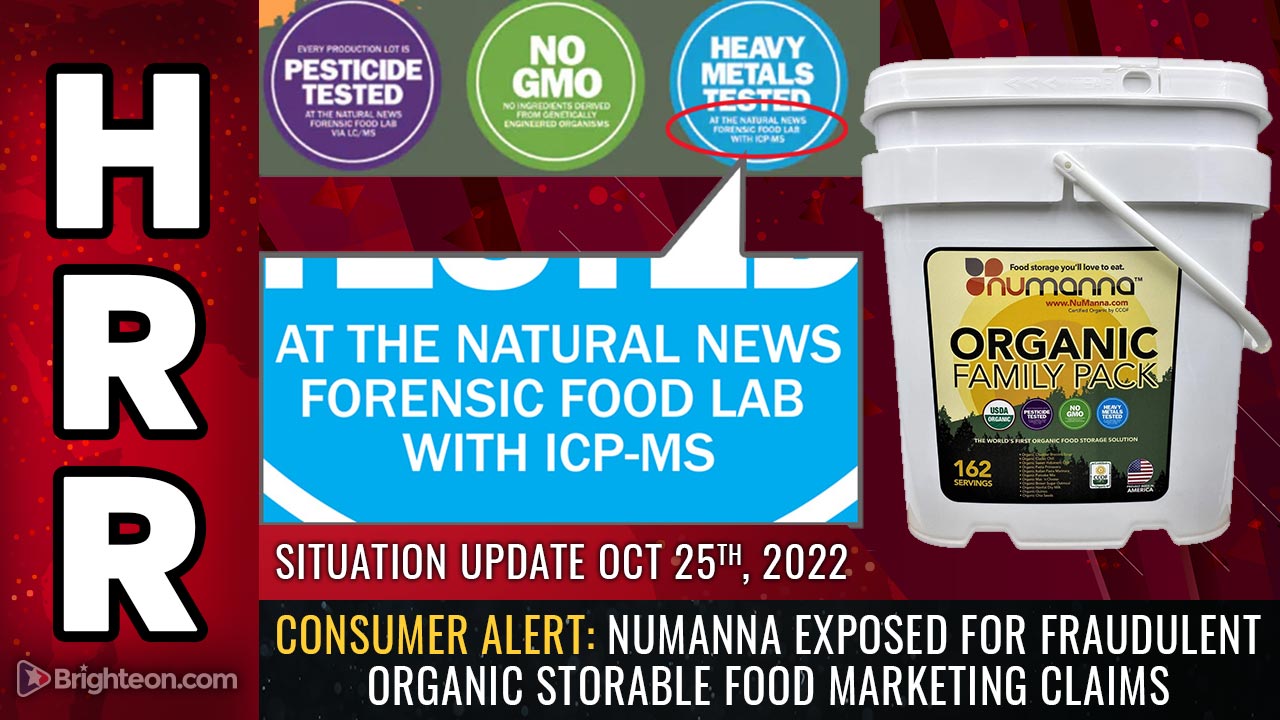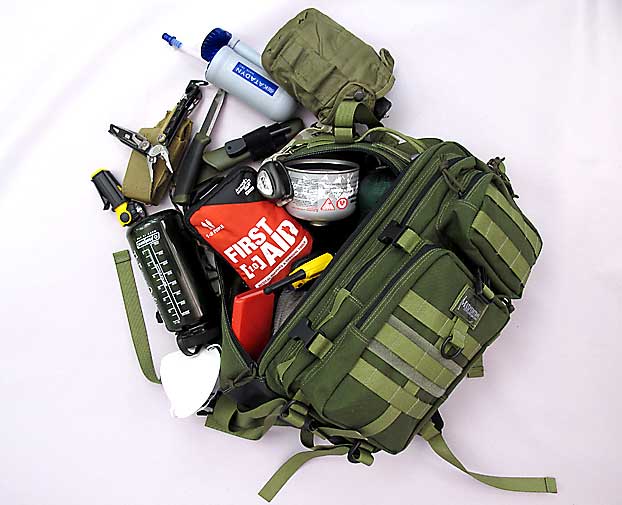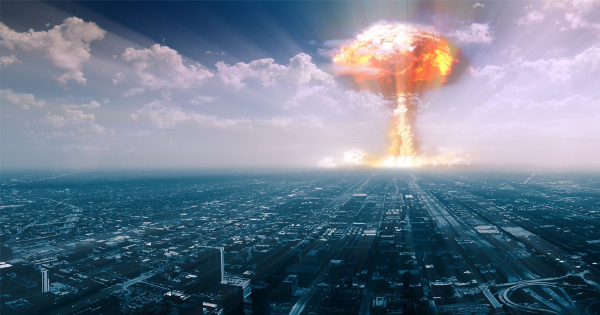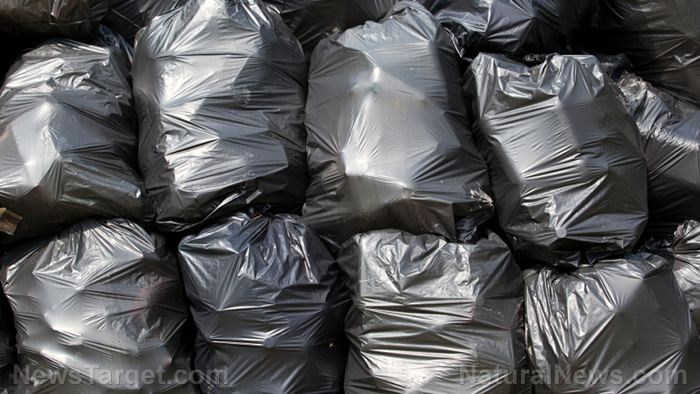DIY cleaning supplies: Using calcium hypochlorite as a bleach alternative
10/28/2022 / By Zoey Sky

Preppers use calcium hypochlorite or pool shock for water purification. Calcium hypochlorite is closely related to sodium hypochlorite or common household bleach. But compared to bleach, calcium hypochlorite has several unique advantages.
Calcium hypochlorite is a powder so it has a much longer shelf life compared to bleach. It also takes up less space in your stockpile and is much cheaper.
Before SHTF, stock up on calcium hypochlorite, a versatile cleaning ingredient that’s a great alternative to bleach. (h/t to PrepSchoolDaily.Blogspot.com)
A prepper’s guide to using calcium hypochlorite
Use calcium hypochlorite powder to make a five percent stock solution.
When making the cleaning solution, always add the calcium hypochlorite powder to the water. Never add the water to the calcium hypochlorite.
Check the guide below if you want to use calcium hypochlorite to clean different surfaces.
Five percent calcium hypochlorite stock solution:
- 1 1/2 Cups water + one teaspoon calcium hypochlorite powder
- 1 Quart water + 2 3/4 teaspoons calcium hypochlorite powder
- 2 Quarts water + 5 1/2 teaspoons calcium hypochlorite powder
- 1 Gallon water + 10 3/4 teaspoons calcium hypochlorite powder
This is your bleach equivalent. Use the stock solution just like bleach for laundry or cleaning.
Here are more options if you want to mix some up for a particular usage:
Sanitizing solution for non-porous food contact surfaces, like glass or metal
Add 1 1/2 teaspoons of calcium hypochlorite to five gallons of water and mix well. The stock solution must maintain contact with the surface you need to clean for at least two minutes to properly sanitize.
Do not rinse the surface with water. Don’t let the stock solution soak overnight. (Related: Safe and clean: 8 Non-toxic alternatives to common household cleaning products that contain harmful ingredients.)
Sanitizing solution for porous food contact surfaces, like plastic and wood
Add 1 1/2 tablespoons of calcium hypochlorite to five gallons of water and mix well. Note that the solution must maintain contact with the surface for at least two minutes to sanitize.
Don’t rinse with water and don’t soak overnight.
Sanitizing solution for non-food non-porous surfaces
Add 1 1/2 teaspoons of calcium hypochlorite to five gallons of water and mix well. Leave the solution on the surface you want to clean for at least two minutes to sanitize.
Do not rinse with water and don’t soak overnight.
Laundry sanitizer
Add 1 1/2 teaspoons of calcium hypochlorite to five gallons of wash water and mix well. Wait for five minutes, and then add the soap or detergent and mix well.
Add the laundry to the water with the stock solution, let it soak for 15 minutes, then start the wash cycle in the washer.
Other bleach alternatives to try
Here are other bleach alternatives to try if you don’t have calcium hypochlorite powder:
Baking soda
Boost your detergent’s cleaning power and leave clothes whiter and brighter by adding 1/2 cup of baking soda to your usual laundry detergent.
You can use baking soda in both standard and high-efficiency washers. Add the baking soda directly to the washer drum before you add the laundry.
Don’t put the baking soda in an automatic dispenser because it may not dissolve completely.
Distilled white vinegar
You can whiten clothes and linens by presoaking the white items in a solution of one part distilled white vinegar and six parts warm water.
Mix the solution in a large plastic bucket or the washer drum. Completely submerge your white clothes, and don’t forget to swish through the vinegar solution to get everything wet.
Let the clothes sit overnight, then wash the clothes as usual following the correct water temperature for the fabrics. Don’t worry about the vinegar odor because it will go away after you wash the clothes.
Hydrogen peroxide
Hydrogen peroxide is a mild bleaching agent. Use it to remove stains or to whiten and brighten clothes.
When exposed to light, hydrogen peroxide eventually breaks down to water and oxygen and becomes a biodegradable oxygen-based bleach. You can use a three percent solution of hydrogen peroxide from the drug store for laundry.
To whiten and brighten clothes, add one cup of hydrogen peroxide to each washer load of laundry. Use it on a load of white or colored clothes.
Put the hydrogen peroxide in the automatic bleach dispenser of the washer or add it as the washer is filling with water. This ensures that it is dispersed evenly before clothes are added.
Never pour hydrogen peroxide directly on dry-colored fabrics because it can cause spotting and remove color.
Lemon juice
Lemon juice is acidic just like vinegar and it has the same natural bleaching action.

Add one cup of lemon juice to the washer when washing white clothes to help keep them bright.
If you have white cotton socks that are heavily stained and dingy, whiten them by adding add one lemon cut into slices to a large pot of boiling water. Add the socks, turn off the heat and let the socks soak in the mixture overnight before washing.
Use calcium hypochlorite as a bleach alternative while cleaning your homestead.
Visit Homesteading.news to learn more about other non-toxic cleaning agents.
Watch the video below for an eco-friendly DIY bleach alternative.
This video is from the Natural News channel on Brighteon.com.
More related stories:
Home cleaning hacks: Non-toxic DIY carpet cleaner recipe.
Mold, begone: 5 Non-toxic DIY mold cleaner recipes.
Homesteading hacks: Non-toxic DIY glass and window cleaner.
Sources include:
Submit a correction >>
Tagged Under:
bleach, bleach alternative, calcium hypochlorite, cleaning products, DIY, green living, homesteading, how-to, ingredients, off grid, preparedness, sanitation, survival, sustainable living, tips
This article may contain statements that reflect the opinion of the author
Get independent news alerts on natural cures, food lab tests, cannabis medicine, science, robotics, drones, privacy and more from NewsTarget.com
Get independent news alerts on natural cures, food lab tests, cannabis medicine, science, robotics, drones, privacy and more from NewsTarget.com
RECENT NEWS & ARTICLES
COPYRIGHT © 2017 · SURVIVAL NEWS

